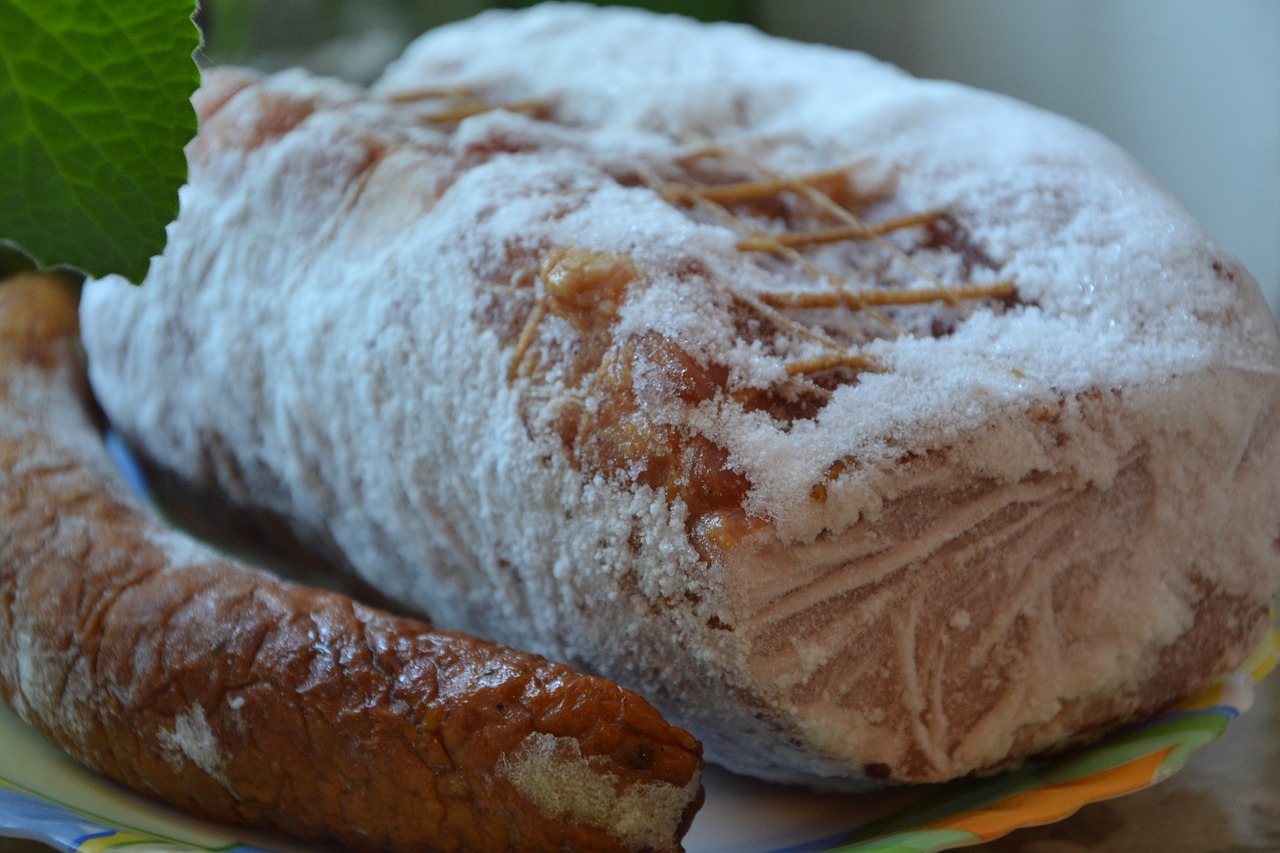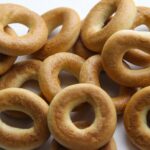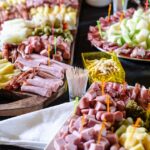Contents
Overview of Cooking Common Frozen Foods

When cooking frozen foods, follow these general guidelines:
- Defrosting is usually not necessary before cooking. Foods can go directly from freezer to oven or pan.
- Adjust cooking times and temperatures to accommodate frozen items. Frozen foods require longer cook times at lower temperatures.
- Use a meat thermometer to ensure foods reach safe internal temperatures.
- Allow thicker cuts of meat to rest before serving.
Here are cooking instructions for common frozen foods:
Sausages
- Pan-fry sausages over medium heat, turning occasionally, for 12-15 minutes until browned on all sides and cooked through (160°F internal temperature).
- Bake on a foil-lined sheet at 400°F for 15-20 minutes, until browned and 160°F.
- Grill for 8-12 minutes per side, rotating every 2-3 minutes for even browning.
Ground Meat
- Cook frozen ground beef or turkey in a skillet over medium heat, breaking it apart as it cooks, until no longer pink, about 15 minutes.
- For casseroles or lasagna, increase baking time by 50% over recipe instructions.
Fish Fillets
- Bake fish in a 375°F oven for 15-20 minutes until opaque and flaky.
- Pan-fry over medium heat for 3-4 minutes per side.
Shrimp
- Bake frozen shrimp at 400°F for 5-7 minutes until opaque.
- Pan-fry for 2-3 minutes per side until pink.
Bacon and Pork
- Bake bacon on a foil-lined sheet for 15-20 minutes at 375°F until crispy.
- Pan-fry pork chops or cubes over medium heat for 6-8 minutes per side until internal temperature reaches 145°F.
Beef Roasts and Steaks
- For roasts, bake at 350°F until internal temperature is 145°F for medium-rare, allowing 18-25 minutes per pound.
- Steaks should be pan-seared 5-7 minutes per side over high heat and allowed to rest 5 minutes after cooking.
Chicken Pieces
- Bake frozen chicken breasts or thighs at 375°F for 30-40 minutes until 165°F.
- Pan-fry smaller cutlets over medium-high heat for 3-5 minutes per side.
Burgers
- Grill frozen burgers or veggie patties for 6-8 minutes per side until internal temperature reaches 160°F.
How Freezing Affects Food Quality
Freezing food slows down spoilage by turning moisture into ice crystals, inhibiting bacterial growth. However, freezing can affect texture, flavor, and nutrition:
- Cell walls rupture during freezing, causing a softer texture when thawed.
- Oxidation from exposure to air can cause flavor changes.
- Some nutrients like vitamin C and B vitamins are lost over long storage.
Proper handling minimizes these effects:
- Use air-tight packaging to prevent freezer burn.
- Freeze foods as quickly as possible. Slow freezing causes larger ice crystals.
- Avoid refreezing thawed foods which causes more cell damage.
Safe Storage and Handling of Frozen Foods
To keep frozen foods safe, follow these guidelines:
- Store at 0°F or below. Monitor freezer temperature.
- Freeze foods within 1-2 days of purchase and check expiration dates.
- Do not overfill freezer, as air circulation is needed to maintain temperature.
- Avoid thawing foods at room temperature. Use refrigerator thawing instead.
- Cook frozen foods immediately after thawing. Do not refreeze.
Refer to the table below for safe temperature and time requirements when cooking frozen foods:
| Food | Minimum Internal Temperature |
| Beef, Lamb, Veal, Pork | 145°F |
| Ground Meat | 160°F |
| Chicken, Turkey | 165°F |
| Fish | 145°F |
Thawing vs. Cooking Frozen: Advantages and Disadvantages
See more : How Much Is a Cake Pop at Starbucks? | Price Breakdowns
Many foods can be cooked directly from frozen for convenience, avoiding the time needed for thawing. However, thawed and frozen foods cook differently:
| Thawed | Frozen |
| - Shorter cook time | - Requires longer cook time at lower temp |
| - Better browning, caramelization | - Surface may be wet and less browned |
| - More uniform cooking | - Can have cold centers if not cooked thoroughly |
| - Better texture | - Increased moisture loss |
| - Faster defrosting needed | - Convenient, no wait to thaw |
Tips for Improving Flavor and TextureTo help overcome the challenges of cooking from frozen, try these tips:
- Partially thaw foods or run under cool water before cooking for faster, more even cooking.
- Preheat oven and pans to ensure food sears well even when frozen.
- Use a meat thermometer to judge doneness rather than appearance.
- Bake on greased racks to allow air circulation for crisping.
- Brush or coat meats and fish with oil or marinades to prevent drying out.
- Rest/tent meats after cooking to allow juices to evenly distribute.
Recommended Cooking Equipment
Having the right kitchen tools helps achieve the best results when cooking frozen items:
- Oven thermometer – Ensure accurate temperature.
- Meat thermometer – Test doneness, especially for thick cuts.
- Broiler pan – Allows fat/liquid to drain for crisper cooking.
- Nonstick pans – Prevent delicate fish and meats from sticking.
- Tongs – Handle slippery frozen foods safely.
- Searing grill pan – Achieve nice browning on frozen steaks or chops.
Food Safety Tips
Take these extra precautions when handling and cooking frozen raw meats, seafood, and poultry:
- Do not thaw foods at room temperature or in hot water. Use refrigerator thawing.
- Prevent cross-contamination by keeping raw meats sealed and away from ready-to-eat items.
- Clean any surfaces, utensils, and hands that touch raw meats before using again.
- Use a different cutting board for raw meats versus other ingredients.
- Cook to proper temperatures as measured by a food thermometer.
Troubleshooting Guide
| Issue | Solution |
| Uneven cooking | Partially thaw food first or adjust oven placement |
| Not browned enough | Pat dry before cooking. Use higher heat or broil after cooking |
| Too dry/overcooked | Brush with oil. Cook at lower temp and check often |
| Still icy in center | Thaw larger cuts partially first. Cook at lower temp longer |
| Falls apart | Handle gently. Thaw just until movable. Avoid refreezing |
Nutrition and Frozen Foods
Cooking from frozen can affect the nutrient content in foods:
- Fish, chicken, and vegetables maintain nutrients better than red meats.
- Cooking methods impact retention. Microwaving causes fewer vitamin/mineral losses.
- Avoid overcooking to preserve vitamins. Cook just until food safety needs are met.
- Adding a sauce or gravy back to meats replaces some nutrients lost through drippings.
With sound handling and preparation, frozen foods remain a quick, healthy option for home cooks. Proper storage, thawing, cooking temperatures, and methods help ensure both safety and quality.
Chef Angelo Landi has been in the culinary industry for over 20 years, and he has spent the last six of those developing the menu for Coal Vines. His favorite pizza on the menu is the Spicey Meatball, which is made with spicy sausage, pepperoni, and calabrese salami. When he’s not in the kitchen cooking up a storm, Chef Angelo enjoys spending time with his wife and two young children.








